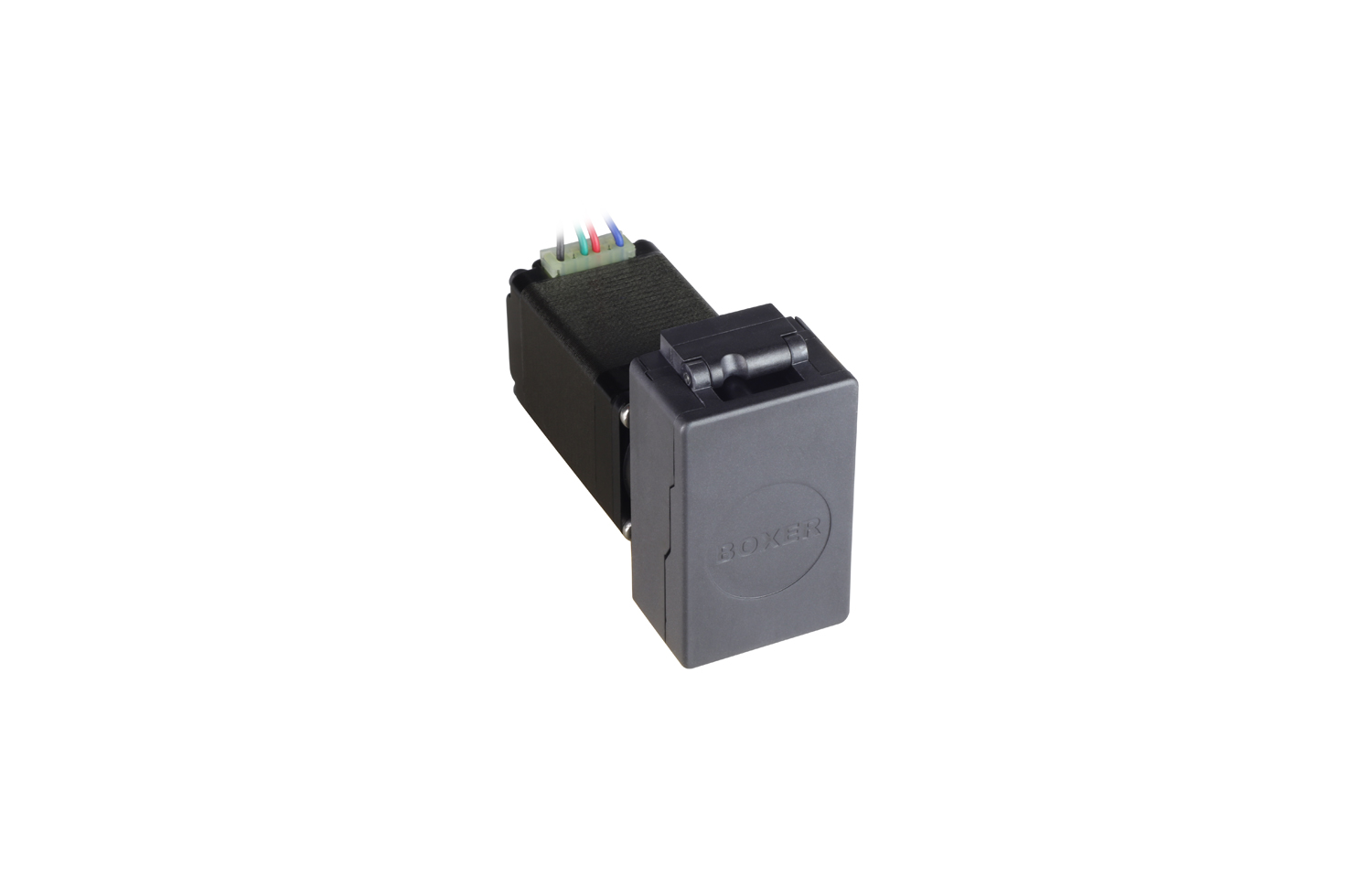
› Flow to 50 ml/min
› Miniature design / 31.2 mm body width
› Stepper or DC / gear motor
› Lid close sensor / encoder
› Assembled Pico driver (for stepper version)
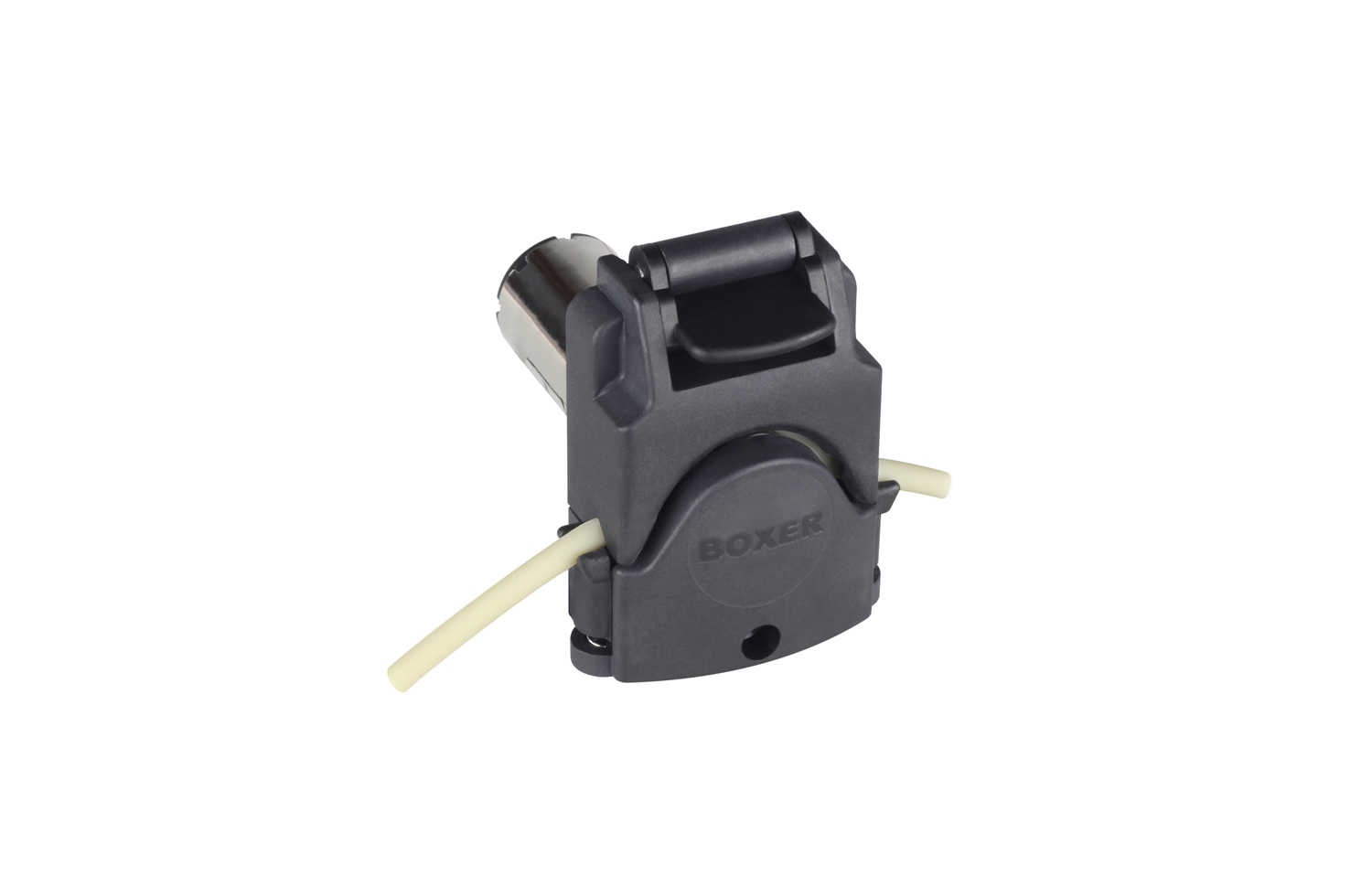
› Flow to 200 ml/min
› Flip-top tube change
› Miniature / compact design
› Floating saddle for enhanced tube life
› Stepper or DC / gear with optional encoder
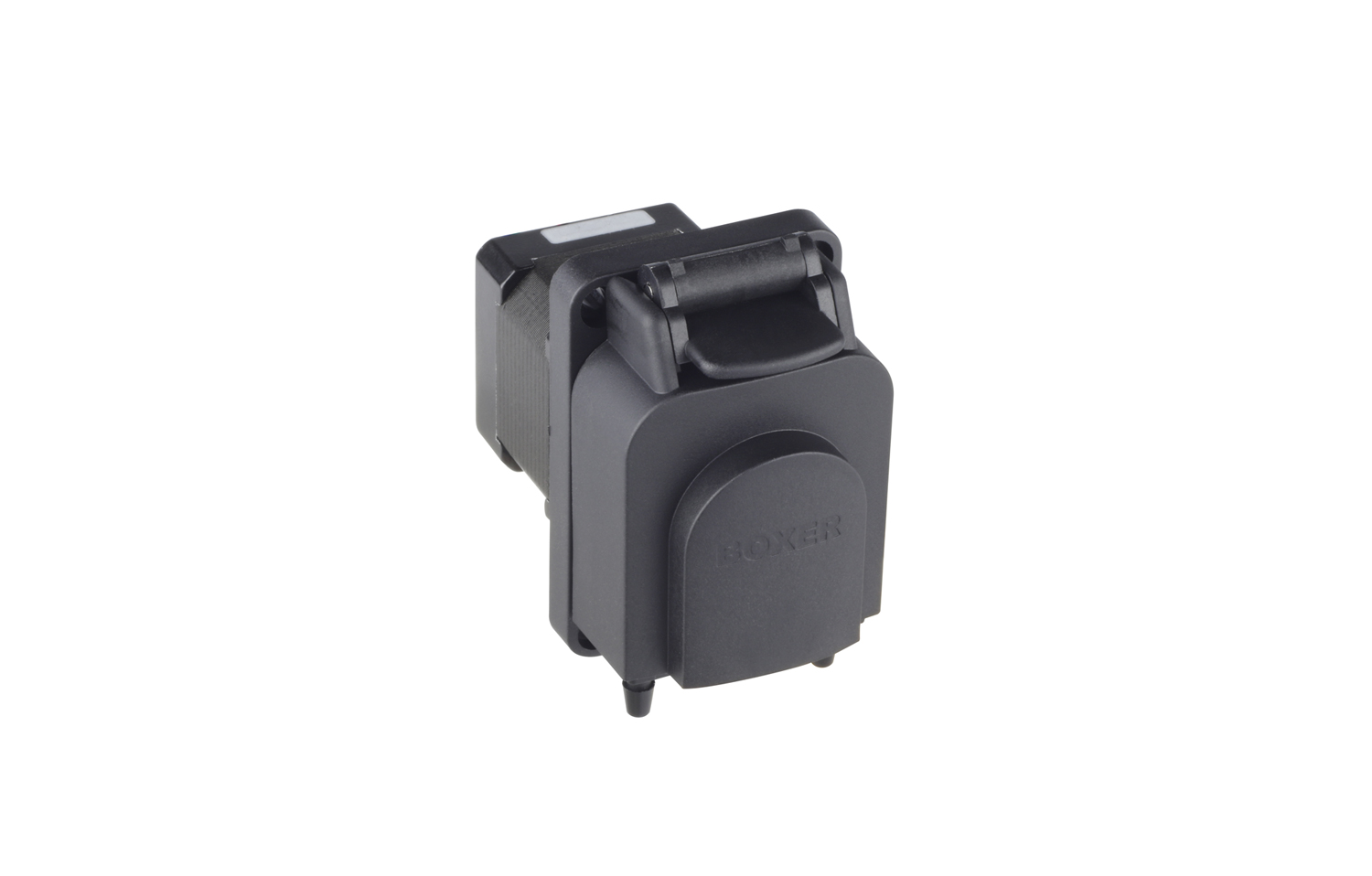
› Flow to 200 ml/min
› Unique floating saddle
› Miniature / compact design
› Tube set or continuous tube
› Stepper or DC / gear with optional encoder
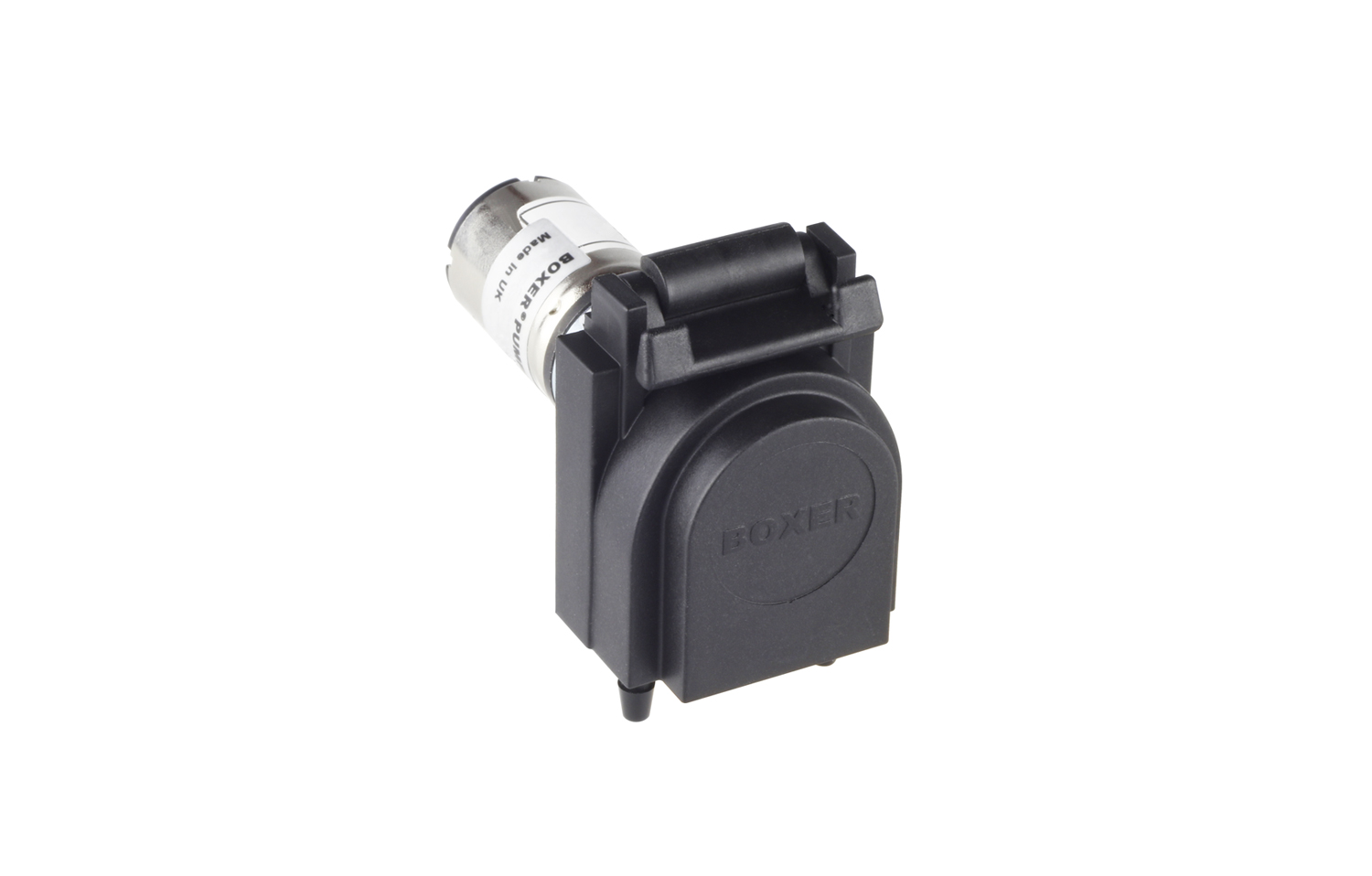
› Flow to 200 ml/min
› Cost effective
› Miniature / compact design
› Tube set or continuous tube
› Stepper or DC / gear with optional encoder
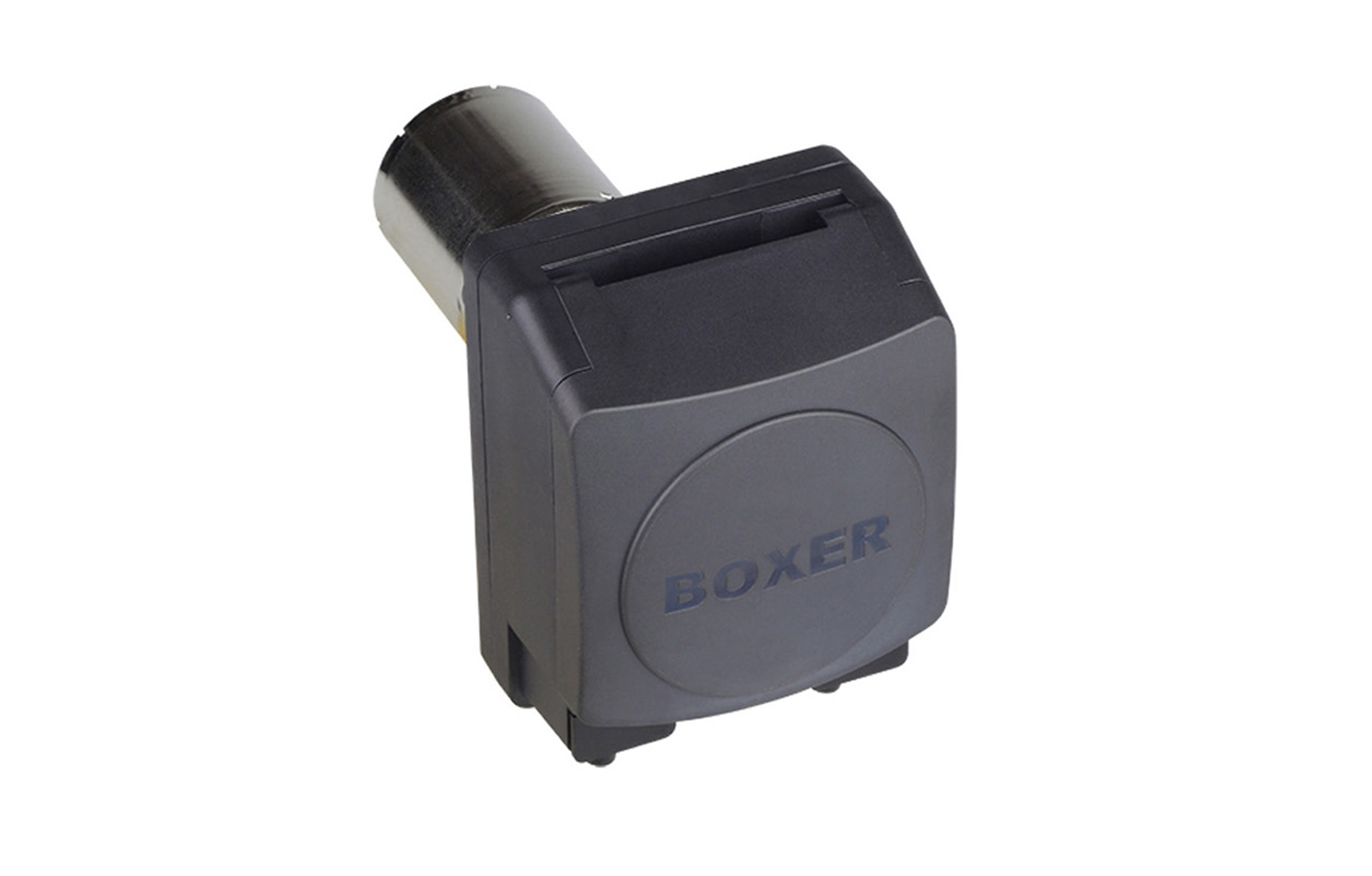
› Flow to 690 ml/min
› Dual channel
› Tube Sets (single and / or double)
› DC / Gear or Stepper Motor drive
› Pre-assembled drivers
› Encoders for closed loop control
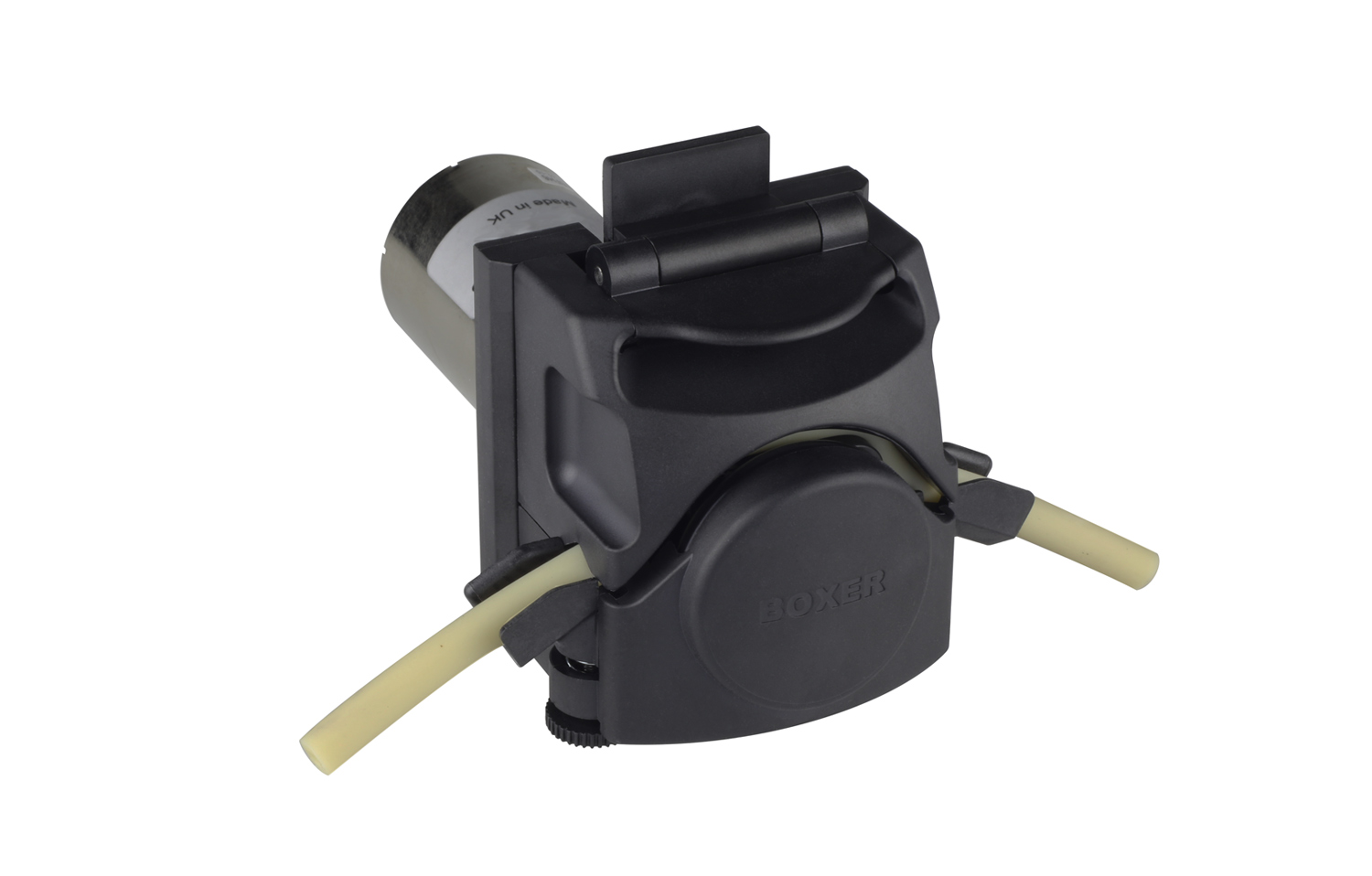
› Flow to 1000 ml/min
› Versatile configurations
› Flip-top for rapid tube exchange
› Continuous tube
› Clip-on head
› DC / Gear, stepper or syncro drive
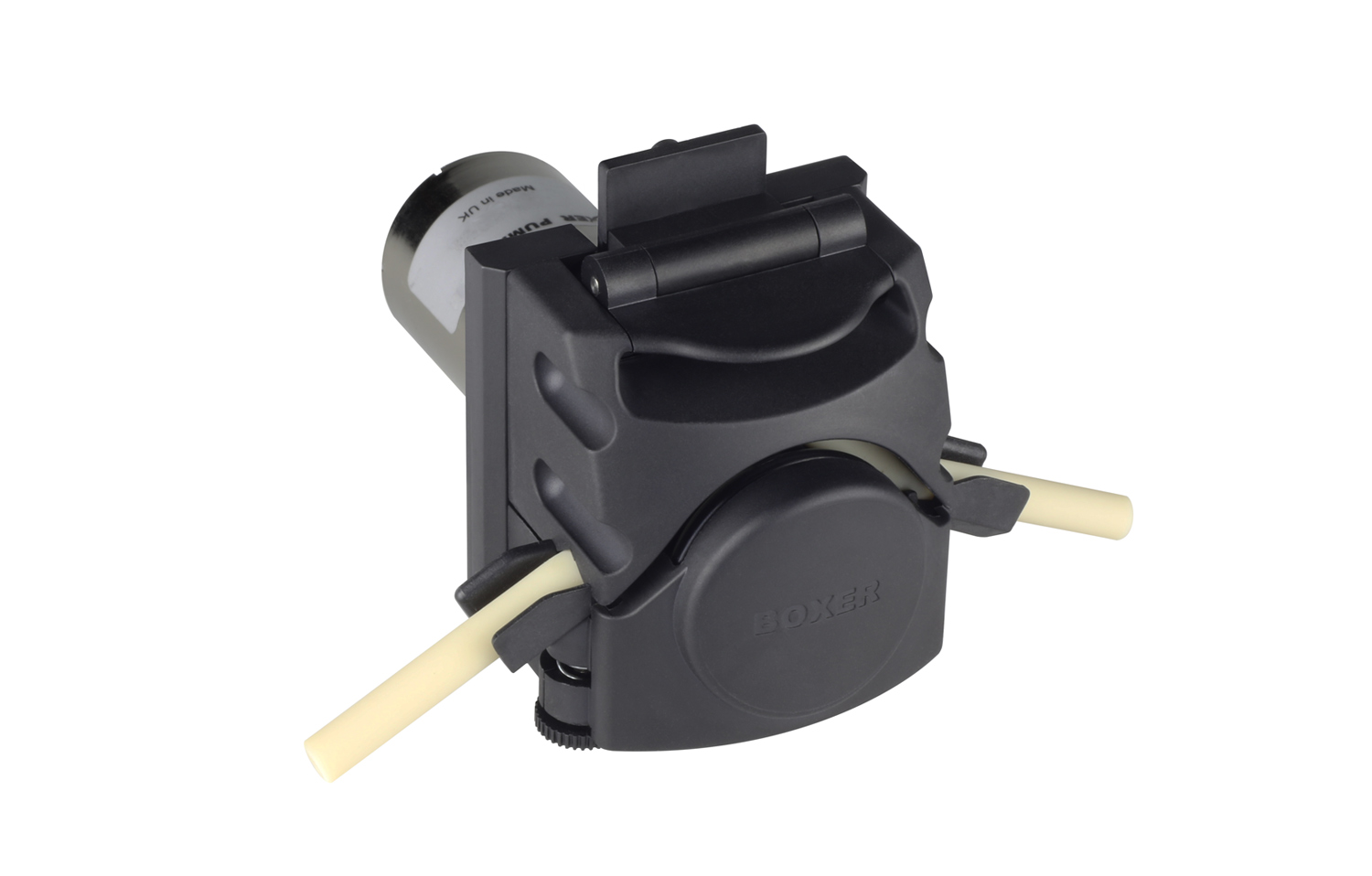
› Flow to 1000 ml/min
› Unique floating saddle
› Flip-top for rapid tube exchange
› Continuous tube
› Clip-on head
› DC / Gear, stepper or syncro drive
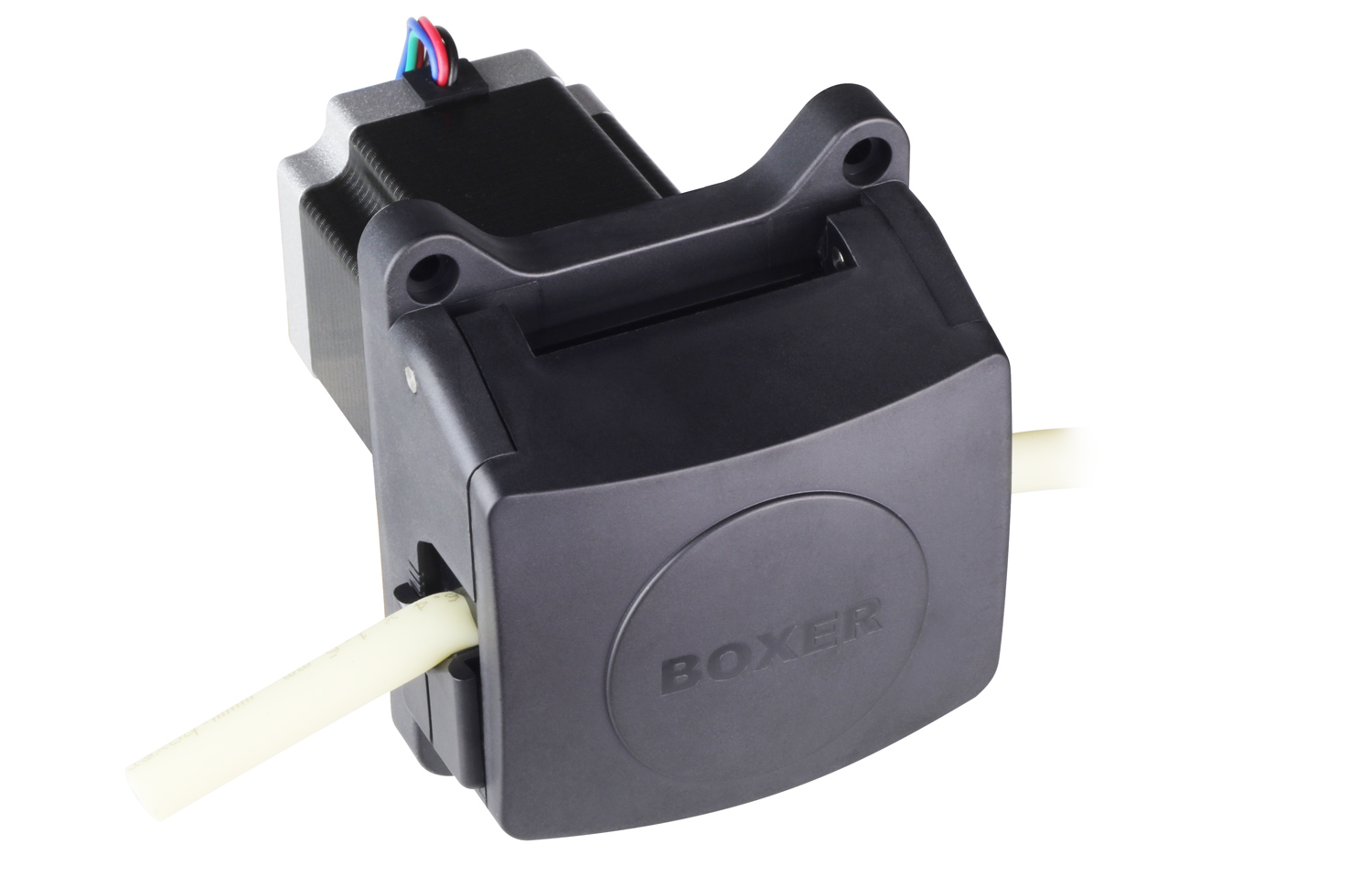
› Flow to 2000 ml/min
› Stepper motor drive
› Flip-top for rapid tube exchange
› Cost effective mouting to panel
› Lid and speed sensor options
› 2.4 to 8.0 mm ID tube, 1.6 and 2.4mm wall
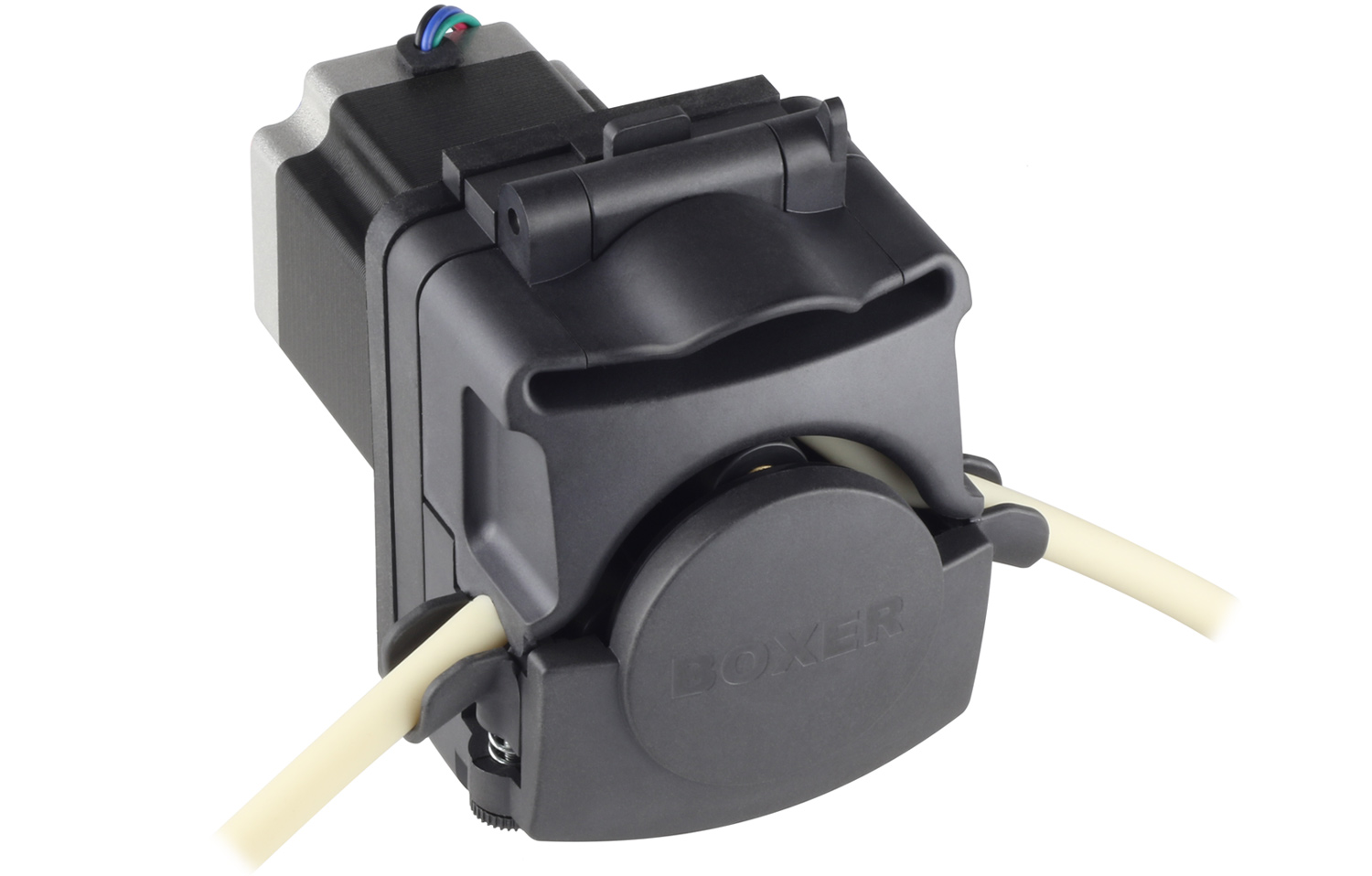
› Flow to 2000 ml/min
› Stepper motor drive
› Flip-top for rapid tube exchange
› Detachable head, concealed mouting to panel
› Lid and 2 x speed sensor options
› 2.4 to 8.0 mm ID tube, 1.6 and 2.4mm wall
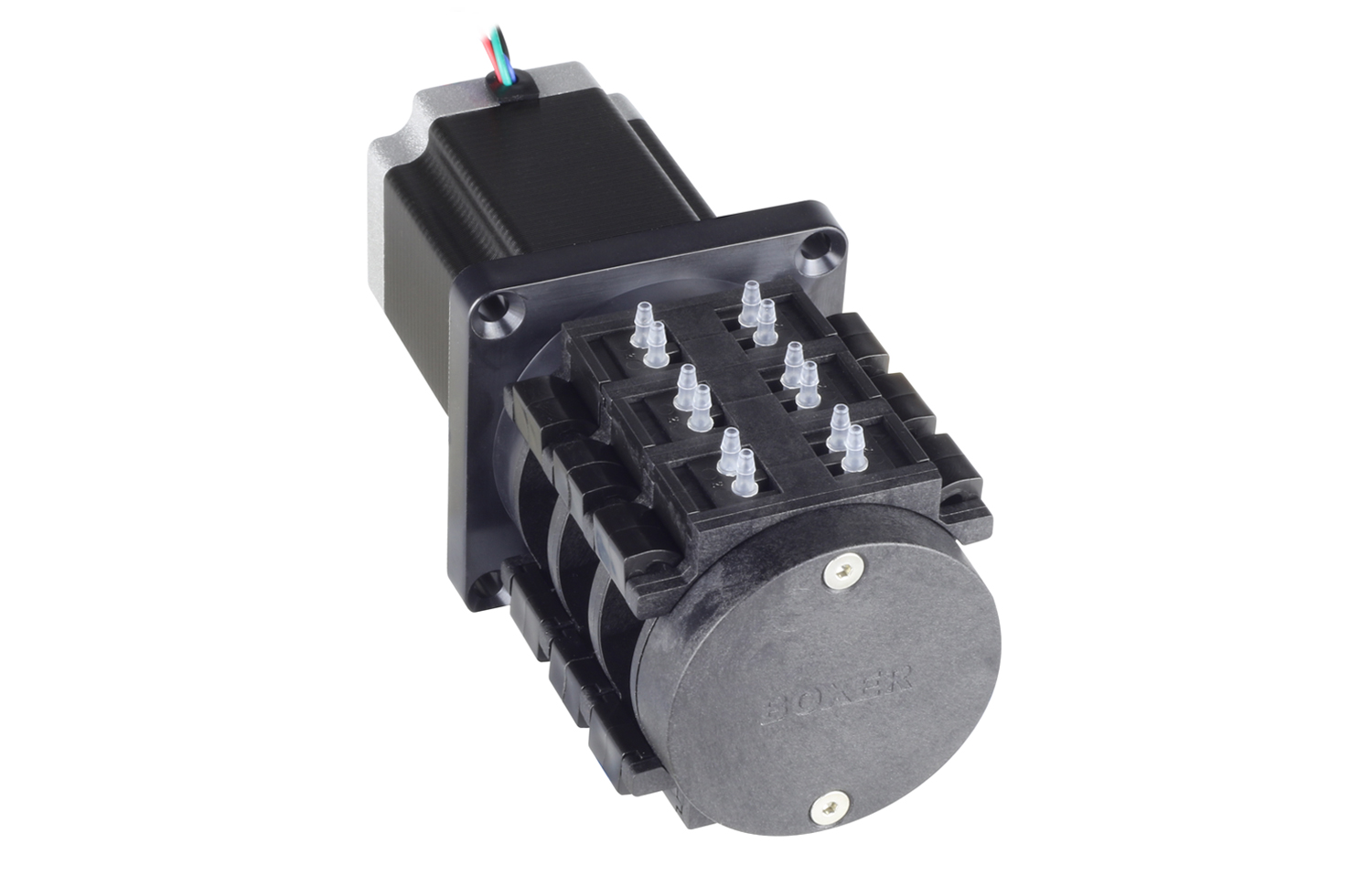
› For 1.0 mm wall tubing
› Flow to 56 ml/min per channel
› 1 to 12 channel
› Stepper motor controlled
› Range of driver and sensor options
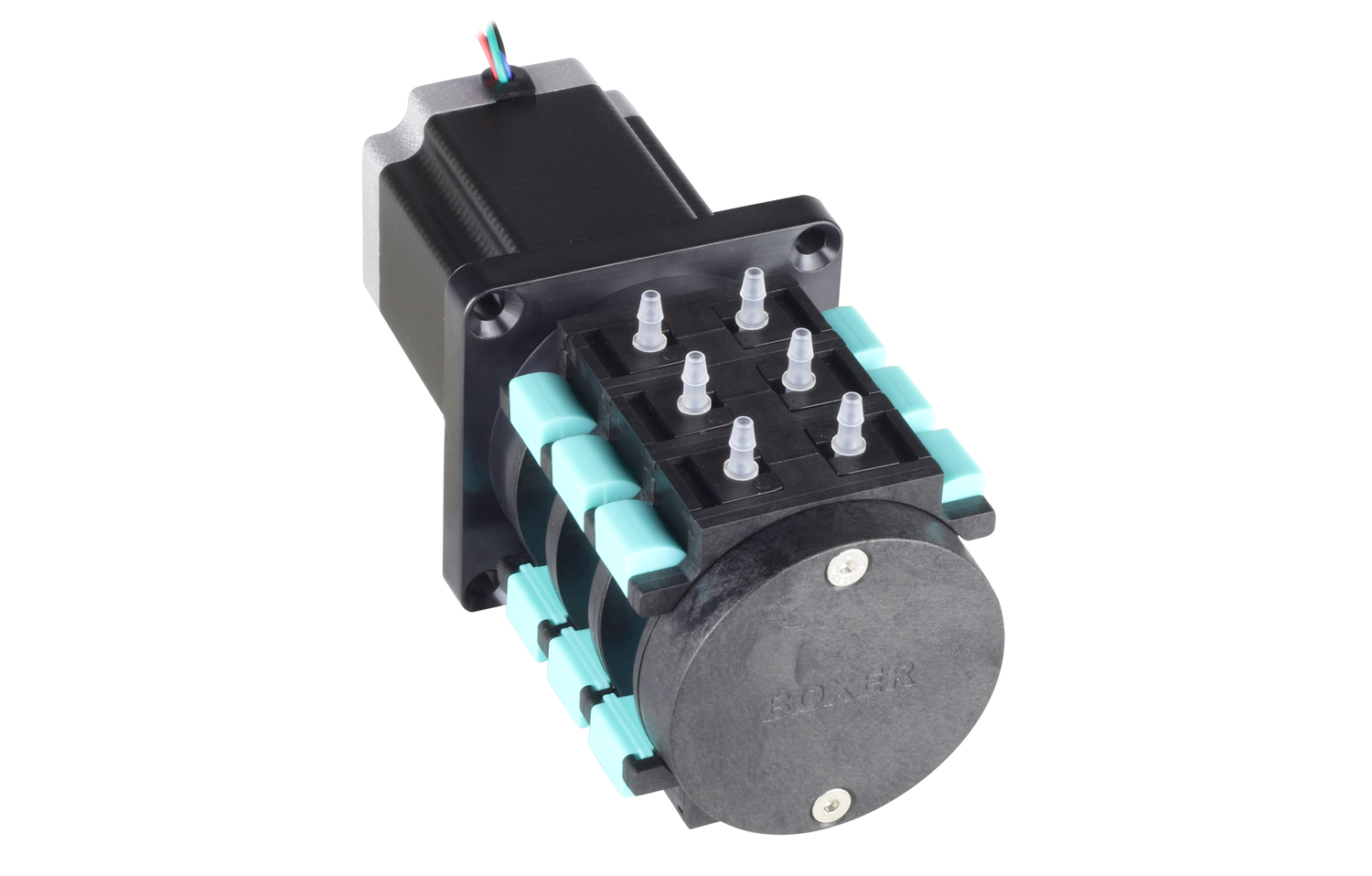
› For 1.6 mm wall tubing
› Flow to 146 ml/min per channel
› 1 to 6 channel
› Stepper motor controlled
› Range of driver and sensor options
